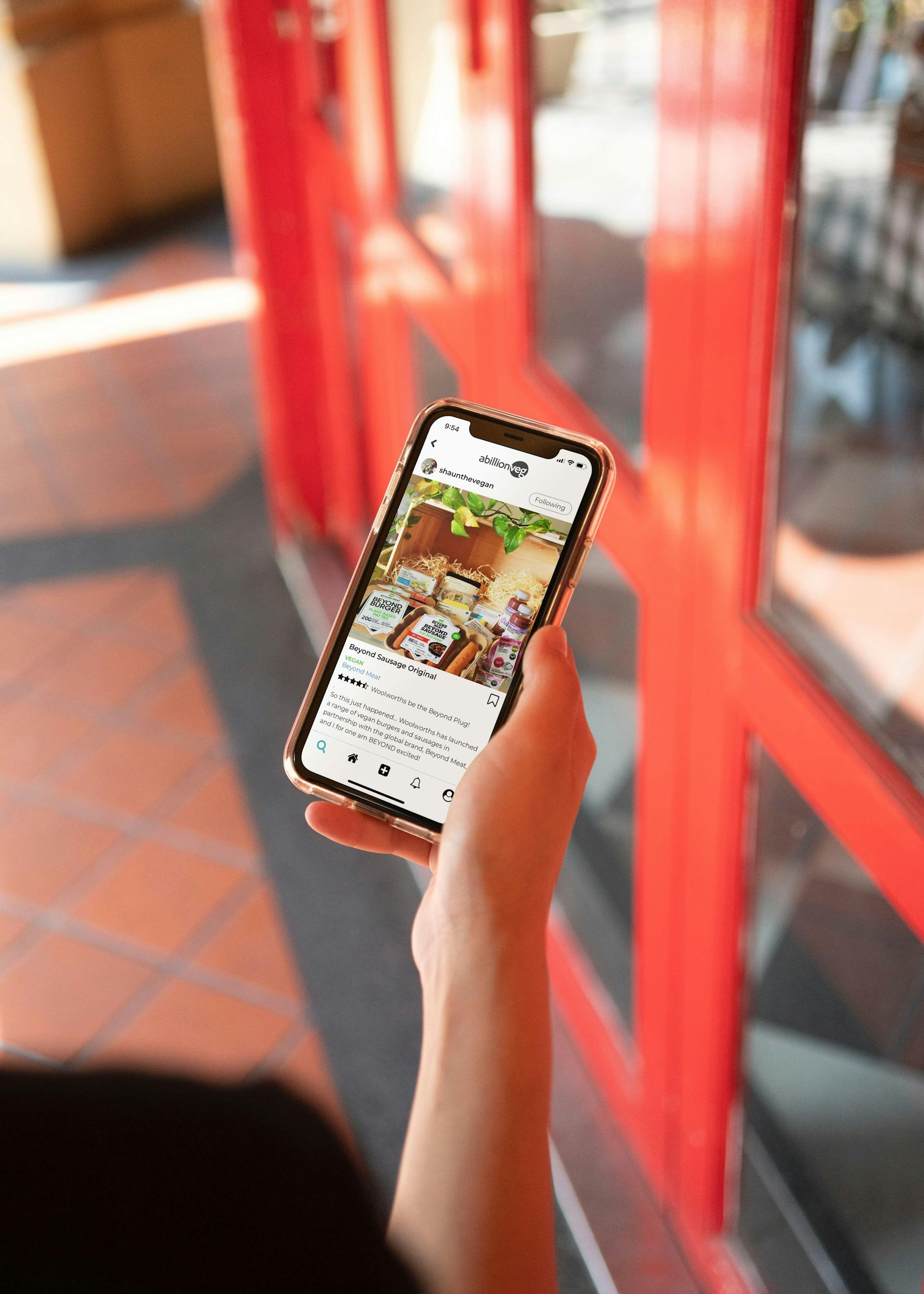
How to manage negative restaurant reviews
Online reviews impact most industries today – restaurants, hotels, doctors offices, hospitals and hair salons. The industry where reviews matter most? The restaurant industry. 61% of consumers have read online restaurant reviews, and 34% of diners choose a restaurant based on reviews. Reviews are both free advertising and a source of truth: 68% of millennials trust restaurant reviews compared to 34% who trust traditional advertising, and 77% of consumers pay more attention to peer reviews than reviews written by professional critics. In an era where delivery is key, reviews can also help your restaurant rank for important keywords like delivery. Restaurateurs are well aware of the impact reviews can have on business with 93% of restaurants globally monitoring their reputation online, the majority of which are monitoring their online reputation several times a week. And these days, people have tons of opportunities to review your restaurant: in addition to Yelp, Foursquare and Zomato, Google and Facebook are now the no. 1 and no. 2 platforms for online reviews.
While diners are increasingly writing positive reviews, and good reviews can benefit your business in a big way, negative reviews are bound to happen. In a society where 33% of customers won't eat at restaurants with an average rating of <4 out of 5 stars, knowing how to manage reviews left by less than happy customers is critical to your business.
Read on to learn 5 simple ways to respond to negative restaurant reviews.
Step 1 - Do some research.
Context is critical when responding to online reviews. Make sure to read negative reviews closely, perhaps even twice or three times over. And when you have a full grasp on what the customer thinks went wrong, cross-reference the situation with your team. What was their understanding of what happened? If this negative review was based on a late delivery, what led to that? If it was a situation that happened in your store, what was your employees' understanding of what went wrong? When you understand the context of what the customer thinks went wrong and why, do some quick research on the reviewer. Do they have a habit of one-starring restaurants? What's their general tone on review sites? This will ensure you respond to this particular customer in a way that resonates with them personally.

Step 2 - Take a deep breath.
It's in our nature as people to respond to frustration with frustration, but as hard as it may be, try not to take reviews personal – instead look for truths in regards to what could've gone better and why.
Step 3 - Respond to every review.
Think about why people write online reviews... or anything on the internet really. People share their thoughts publicly because they want to be heard. Before responding directly to their review on your restaurant's page, reach out to them directly. Acknowledge that you hear them, and work through a solution with them individually: what can you do to reconcile their experience? Once you've landed on a solution, respond to their review publicly: keep it direct and polite, mentioning whatever solution the two of you landed on.
Okay okay, all sounds well and good. But what about that particularly frustrating review, do you really have to respond to that one? Unfortunately the answer is still yes. But doing so will pay off: 45% of customers say that they're more likely to visit a business if it responds to negative reviews.

Step 4 - Dont wait too long to respond.
In an everything on-demand world, 53% of customers expect businesses to respond to their online review within 7 days. Responding quickly and intentionally will help you stand out from the competition since 63% of customers say that they never heard back from a business after writing a negative review. Setting up a Google Alert for your restaurant's name, specialty cuisine, and a combination of your restaurants name and location will protect you from missing reviews that may need your attention.
Step 5 - Keep an active, positive presence online all the time.
It's easier to respond to a compliment than a critique. Make sure you're engaging with and responding to positive reviews. This can turn a first-time customer into a loyal guest and an advocate for your brand. While one negative review may turn away some potential customers, most customers can be won over by seeing you solve problems, engage, empathize and show some personality online.


Book a demo to see how Otter’s all-in-one platform can help your restaurant thrive.